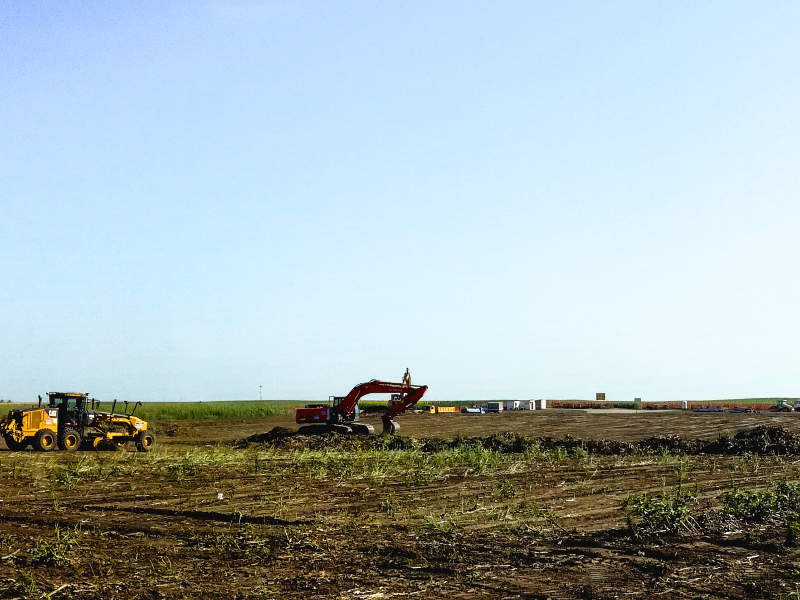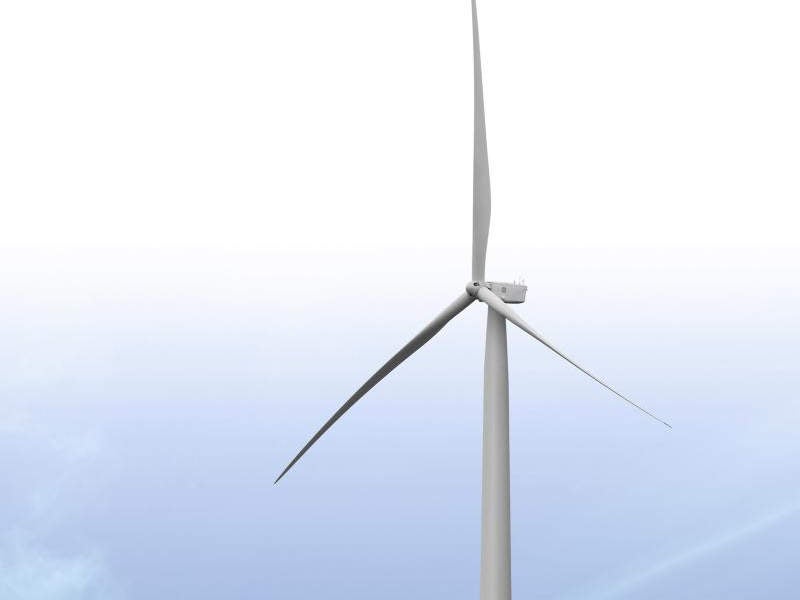Cibuk 1 is a 158MW onshore wind farm being developed by Vetroelektrane Balkana or Wind Energy Balkan Group (WEBG), in Dolovo, Serbia. It is expected to become the biggest commercial wind farm in the country and the Western Balkans.
WEBG is entirely owned by Tesla Wind, a 60:40 joint venture between Masdar and Cibuk Wind Holding, a subsidiary of US-based developer Continental Wind Partners (CWP).
Taaleri Aurinkotuuli, an investment fund company under the Taaleri Group, acquired 30% of the interest in the Cibuk 1 wind farm project in 2017. Deutsche Investitions- und Entwicklungsgesellschaft (DEG) acquired an equity interest of 10% in the project in 2018.
Construction on the €300m ($354m) project began in 2015 and the plant is expected to become fully operational by 2019. It is expected to provide electricity to approximately 113,000 homes and offset more than 370,000t of carbon dioxide (CO₂) emissions a year.
The wind farm is expected to create 400 jobs during the construction phase.
Serbian wind farm location
Cibuk 1 is being built 50km north-east of the Serbian capital, Belgrade, in the Kovin municipality, Dolovo, Vojvodina.
The municipality of Kovin was selected after carrying out a number of environmental studies. The location offers an optimal combination of wind potential, good road and grid access, low environmental impact, and accessibility of adequate infrastructure.
Cibuk I plant make-up
The Cibuk 1 wind farm will cover an area of 37km² and will be installed with 57 wind turbines with a rated capacity of 2.78MW each. The location of the turbines has been optimised to increase generation capacity and decrease the impact on the local environment.
The maximum height of each turbine is 180m, including the tower and the blade radius. Each turbine has three blades with a rotor diameter of 120m.
Each turbine will be fixed to a concrete base measuring 19m in diameter and 3m in thickness. The base will be reinforced by 25 concrete piles, which will be 16m-deep and 0.6m in diameter each.
The operational lifespan of the wind farm is expected to be 25 years.
Grid connection
The turbines will be connected to a transformer within the site boundary by means of underground power cables.
A new 400kV overhead high-voltage power line will connect the transformer station to the existing 400kV transmission line.
Power purchase agreements
The power generated by the Cibuk 1 wind farm will be sold under a 12-year power purchase agreement (PPA) signed with a subsidiary of Elektroprivreda Srbije (EPS), a state-owned power company, in October 2016.
Financing for Cibuk I wind farm
The financial closure for the project was achieved in May 2018. Two International financial institutions namely European Bank for Reconstruction and Development (EBRD) and the International Finance Corporation (IFC) are together providing €215m ($253.7m) for the project.
IFC is providing a €107.7m ($121.6m) lending package to Tesla Wind. Finnfund made a €10m ($11.3m) investment in the project in November 2017.
Contractors involved
The environmental impact assessment for the project was conducted by Atkins.
General Electric (GE) is supplying the wind turbines and is also responsible for the construction of the wind farm. The contract also includes a 15-year full-service agreement.
GE subcontracted CJR Renewables to design the wind farm and perform civil works such as the construction of roads and turbine foundations.
Mott MacDonald acted as the technical advisor to the EBRD and IFC during the financial close. It also provided the environmental, technical, and social due diligence during funding.
Norton Rose Fulbright, a global law firm, provided advice to the lenders with regard to the financing of the wind farm.
Benefits of the new wind farm
Serbia has set a target to meet 27% of its power consumption needs from renewable energy sources by 2020. Cibuk 1 will help the country in achieving the goal, while also reducing the need for importing energy from the neighbouring countries.
It will also reduce the country’s dependence on fossil fuels for power generation and reduce greenhouse gas emissions.







